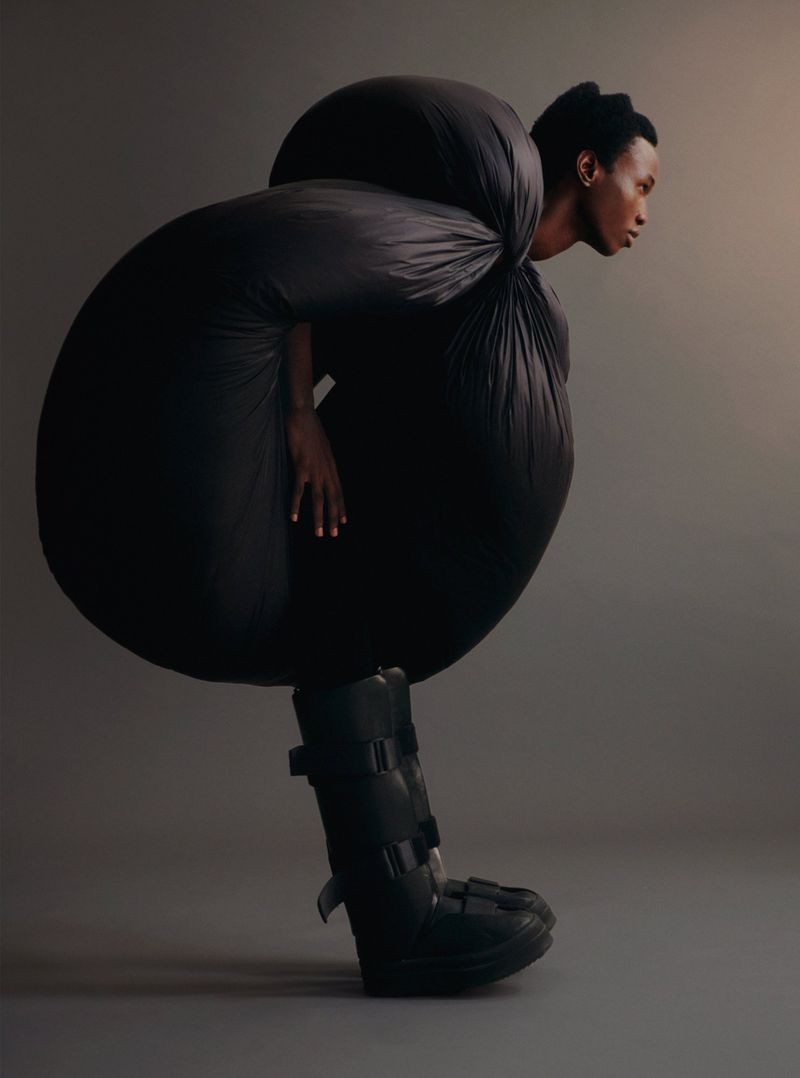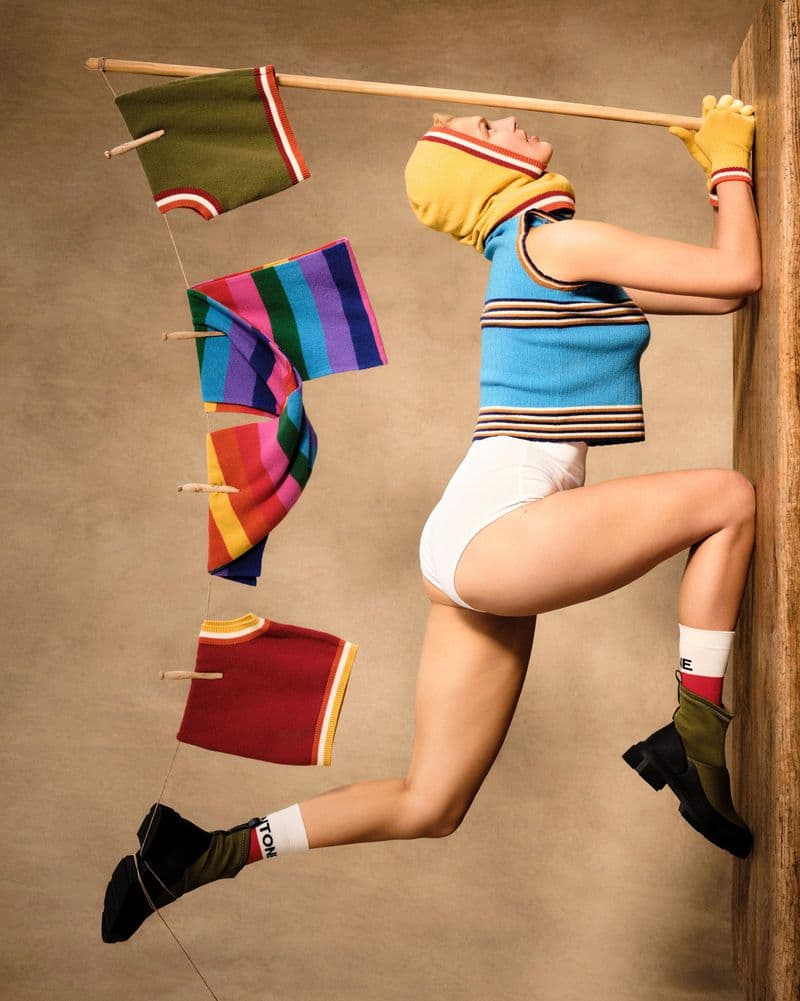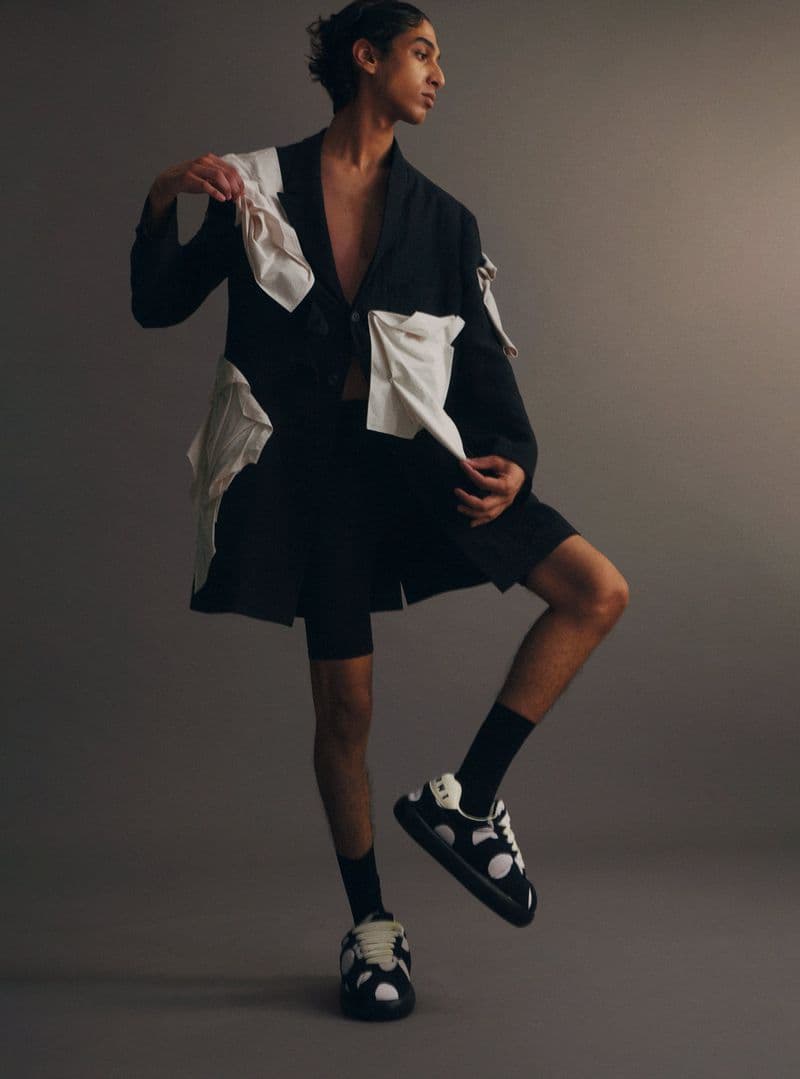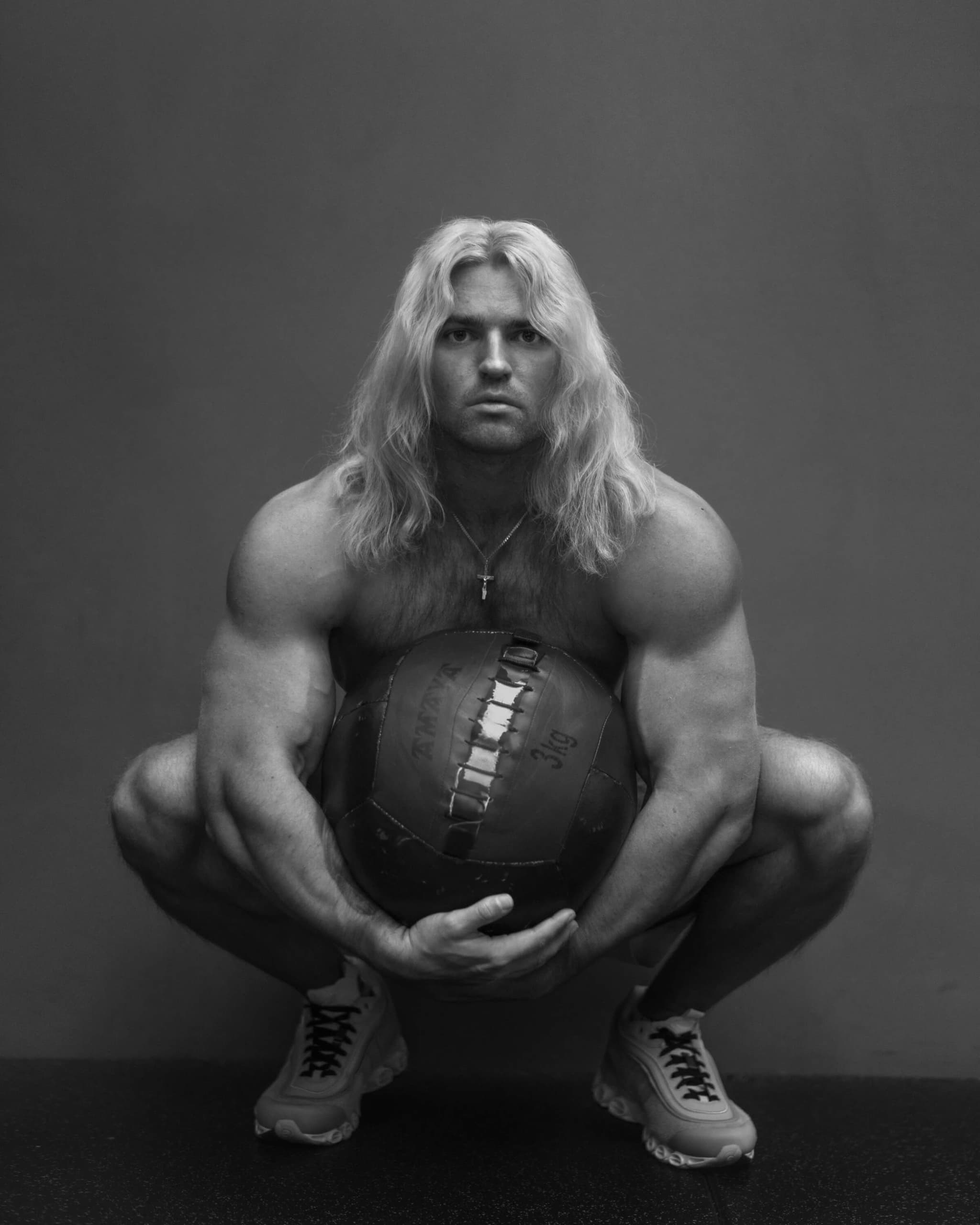
Paolo Vecchione
Moving through Creativity:
A Conversation with Paolo Vecchione.
Each project is a unique canvas. In fashion, the movement becomes a silent conversation between the garment and the wearer.
Paolo Vecchione is a diverse movement director who took us on a journey through his work in fashion, film and music. He discussed his approach, highlighting how movement can tell stories quietly. Paolo's Italian roots are evident in his art, shaped by his cultural background.
Paolo, could you share with us how you embarked on your journey as a movement director and what drew you to the diverse worlds of fashion, cinema and the music industry?
It wasn’t a singular epiphany, but a symphony of experiences that drew me in. As a dancer and choreographer, I revelled in the power of crafted movement. But then, back when I used to live in London, I witnessed fashion shows or fashion campaigns where garments kind of danced on the runway. Cinema, too, captivated me with its ability to weave emotions through a character’s physicality. I craved to be the conductor, orchestrating movement across these diverse worlds, each with its own rhythm and language.
As someone deeply involved in the creative processes of various industries, how do you approach each project differently, and what aspects of movement do you find most compelling to explore?
Each project is a unique canvas. In fashion, the movement becomes a silent conversation between the garment and the wearer. Every flick of a wrist, every confident stride, narrates a story of power, elegance, or effortless cool. Film offers a deeper dive. I delve into the character’s psyche, crafting movement that speaks volumes about their inner world. A nervous fidget, a resolute stance – these subtleties become brushstrokes on the emotional portrait. As for the movement itself, the human form holds endless possibilities. I’m enthralled by the raw power and storytelling potential of athleticism.


When I mention “rebirth”, which theatrical or musical choreography or performance immediately comes to mind for you?
“Rebirth” evokes Pina Bausch’s masterpiece ‘The Rite of Spring’. The primal energy, the pulsating rhythm, the dancers emerging from a seemingly foetal position – it’s a visceral depiction of transformation, a shedding of the old and a raw emergence into the new. It also evokes Batsheva’s masterpiece ‘The Hole’ or any other compositions by Ohad Naharin and, last but not the least, ‘Rosas danst Rosas’ by Anne Teresa De Keersmaeker which is one of my favourites.
Italy has a rich cultural heritage, especially in the realms of fashion and cinema. How has your Italian background influenced your artistic vision and the way you approach your work?
My Italian heritage is woven into the very fabric of my artistic vision. I’m from a little town close to Pompei, so Italy’s rich tapestry of story and art, from the drama of Caravaggio to the operatic flair of Totò and Fellini films, instilled in me a love for bold gestures and a deep appreciation for storytelling through movement.
What aspect of your work do you find most beautiful or fulfilling?
The most beautiful aspect of my work is its ephemeral nature. A runway show, a film scene – these moments exist only for a fleeting instant. Yet, in that brief window, movement has the power to transport, to evoke emotions, to leave a lasting impression. It’s a testament to the impermanence of beauty. I also love the stress and how fast you need to find solutions or plan Bs, it keeps my brain alive and pushes my creative sense to the edge.

Movement is a fundamental aspect of human expression. How do you believe movement contributes to storytelling, especially in visual mediums like film and fashion?
Movement is a universal language, transcending spoken words. It speaks to our primal selves, bypassing intellectual filters and striking a chord deep within. In film, a character’s body language can reveal hidden truths, foreshadowing plot twists or underlining emotional turmoil. In fashion, movement breathes life into garments, transforming them from static objects into dynamic storytellers.
In today’s rapidly evolving artistic landscape, what trends or innovations do you foresee shaping the future of movement direction?
The future of movement direction is brimming with exciting possibilities. Technological advancements like motion capture open doors to create fantastical worlds and defy physical limitations. I foresee a growing emphasis on audience interaction, where movement becomes a bridge between performer and spectator.
The most beautiful aspect of my work is its ephemeral nature.
Can you share any upcoming projects or collaborations that you’re particularly excited about?
C’mon, I’m from Napoli. Upcoming projects are always shrouded in secrecy. Let’s just say I'm working on a film collaboration that explores the intersection of movement and technology in a truly groundbreaking way. I’m also working on a new live performance (touching wood while answering!).
Looking ahead, what are your aspirations and goals as a movement director, and how do you envision your role evolving in the coming years?
Honestly, I really don’t know. I’m so much in the present and I never ask myself what's next. But I aspire to push boundaries, to explore the uncharted territories of human expression through movement. I envision my role evolving to encompass not just choreography, but also mentoring and fostering the next generation of movement artists.